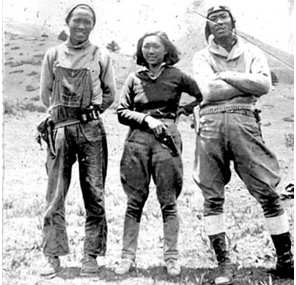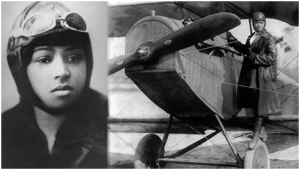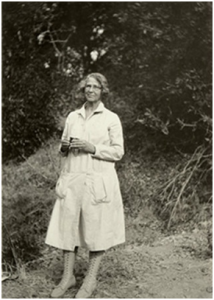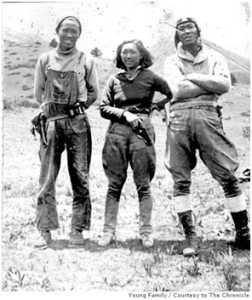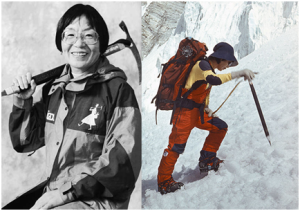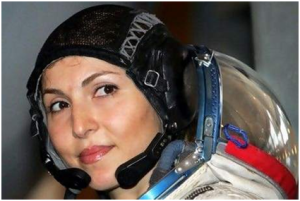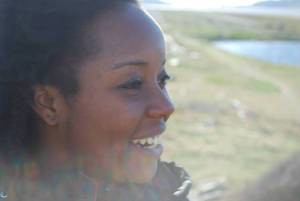Ever wonder what it may have been like if learning in the American public school system had been more balanced? If history classes encompassed the experiences of people of all backgrounds, races and genders? Ten year old me would have found history class much more engaging (as the only brown girl sitting in a class full of white children) if women and people of color were taught alongside the familiar arsenal of white, male explorers my teacher was so excited to teach us.
Public school systems aren’t all to blame, particularly in a society which honors a man whose main claim to fame was getting lost on his ship and bringing disease and slavery to a nation full of millions of people. And although stretches are finally being made to rebrand this holiday appropriately as Indigenous Peoples’ Day, it still doesn’t erase the damage done and the fact that many children and adults struggle to name travelers, explorers or pioneers who aren’t white and male. But they have a history that needs to be told.
And so, here’s a list of them: females of color who explored, discovered, climbed, flew and made names for themselves as worthy adventurers.
1. Bessie Coleman
It would have been easy for Bessie Coleman to give up her dream of being an aviation pilot. After all, being both black and a female in 1920s America didn’t afford her much of an opportunity of pursuing this dream–she was turned down at every school she applied to. But she didn’t let this stop her. After finding a sponsor to back her trip, Coleman traveled to Europe and through France, Germany and the Netherlands to get the aviation training she needed. Because of this, Bessie Coleman became the first female African American to hold an international pilot license. Coleman made her living and a name for herself doing plane stunting at paid-entry airshows. And through it all, she kept her dignity and stood up for her race, refusing to fly at shows that denied admission to fellow African Americans and refusing a role in a movie that furthered derogatory stereotypes of black people. Although she died before she was able to realize her other dream of opening a school for young black aviators, Bessie Coleman is still recognized as a great American aviator in flight schools today.
2. Ynes Mexia
Being “too old” is no excuse not to travel. After all, when Ynes Mexia went on her first scientific expedition she was over fifty years old. Ynes, a Mexican American woman, moved to San Francisco to pursue a degree in sociology after her second divorce and the collapse of her poultry business. While there, she joined the Sierra Club where she discovered her love of botany. Abandoning her degree, Ynes embraced her newfound desire to travel. Over the next eighteen years she traveled to Argentina, Chile, Brazil, Peru, and Mexico, collecting over 33,000 plant samples, and discovering 50 new species, many of which were named for her. Mexia funded her travels by selling specimens to collectors and institutions and during these travels spent three months living with the Araguaranas, a native group in the Amazon; traversed the Amazon with only a guide and three other men, and worked with the Bureau of Plant Industry and Exploration, a part of Ecuador’s Department of Agriculture.
3. Su-Lin (Adelaide) Young
Su-Lin Young, a Chinese American, was born to a well-off family, but abandoned her life of luxury for one of exploration and adventure when she married an explorer. Not long after they were married, Su-Lin became the only woman on a male-dominated nine-month expedition to gather, collect and catalogue animal and plant specimens for New York’s Museum of Natural History. Her travels brought her through China, Tibet, and India, and she became the first American woman to explore the Himalayas in the 1930s. Throughout her travels, she had to pick up skills that she never got from her earlier life — from learning to cook over a campfire in the snow to sleeping with a loaded pistol to protect herself from bandits to warming herself by a yak-dung fire. She was so internationally influential that the first Giant Panda to be brought to the United States was named after her because of the impression she made on fellow explorer Ruth Harkness, who brought the panda back to the States.
4. Junko Tabei
Junko Tabei is a Japanese woman known for being the first woman to reach the summit of Mount Everest on May 16, 1975. Her interest in mountain climbing began at an early age when she was ten years old and went climbing on Mt. Nasu with a teacher. She continued climbing through college and then after graduating, formed the Ladies Climbing Club: Japan. She did not accomplish this without much controversy and pushback from society. At this time in Japan’s history, women were still largely seen as forces of indoor activity, and were discouraged from doing more traditionally male activities, of which climbing certainly was. Tabei refused to let traditional gender roles stop her, embarking on a 15-member, all female expedition to the Himalayas in an attempt to scale the highest mountain in the world. After facing hardships such as being buried underneath an avalanche and losing consciousness for six minutes, Junko reached the peak and proved that those who had doubted her were wrong. She was also the first woman to reach the summit of the highest mountain on all seven continents and continues to climb 3-4 mountains a year, despite being over 70 years old. Junko is currently director of the Himalayan Adventure Trust of Japan, an organization dedicated to preserving the mountain environment.
5. Namira Salim
Namira Salim is the first Pakistani to reach the North and South Pole, skydive over Mount Everest and the first Pakistani woman to travel into space. These feats have not been accomplished without obstacles, especially coming from a culture that traditionally believes women should be settling down to get married as opposed to adventuring out in space. But Namira continues to fight stereotypes and live a life where she works hard to make her dreams a reality while at the same time being an inspiration for other Pakistani women. These feats were not accomplished without equal parts daring and optimism. Before skydiving over Mount Everest Namira watched one plane crash in the terrible weather and a fellow diver crashing and breaking all of her bones before deciding she did still want to complete the dive. Salim continues to travel between Monaco, where she lives, as well as Dubai and Pakistan. She is booked on Sir Richard Branson’s Virgin Galactic flight to space which will be the first commercial space venture.
Chelsea Booker is a writer, reader, traveler, and lover of stories. Check out more of her writing at Figuring It Out.
Find this article interesting or helpful? Like or share it on facebook!
